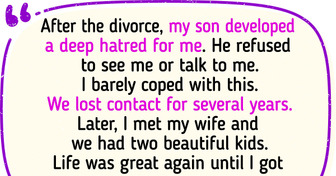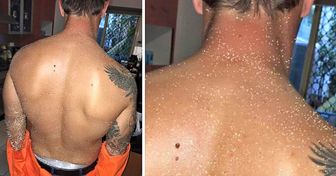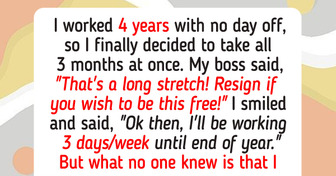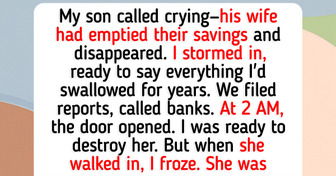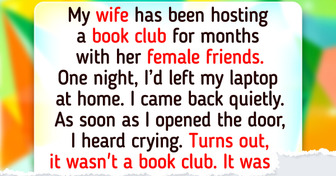You Have More Than 5 Senses + Other Unbelievable Body Facts
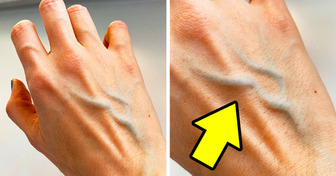
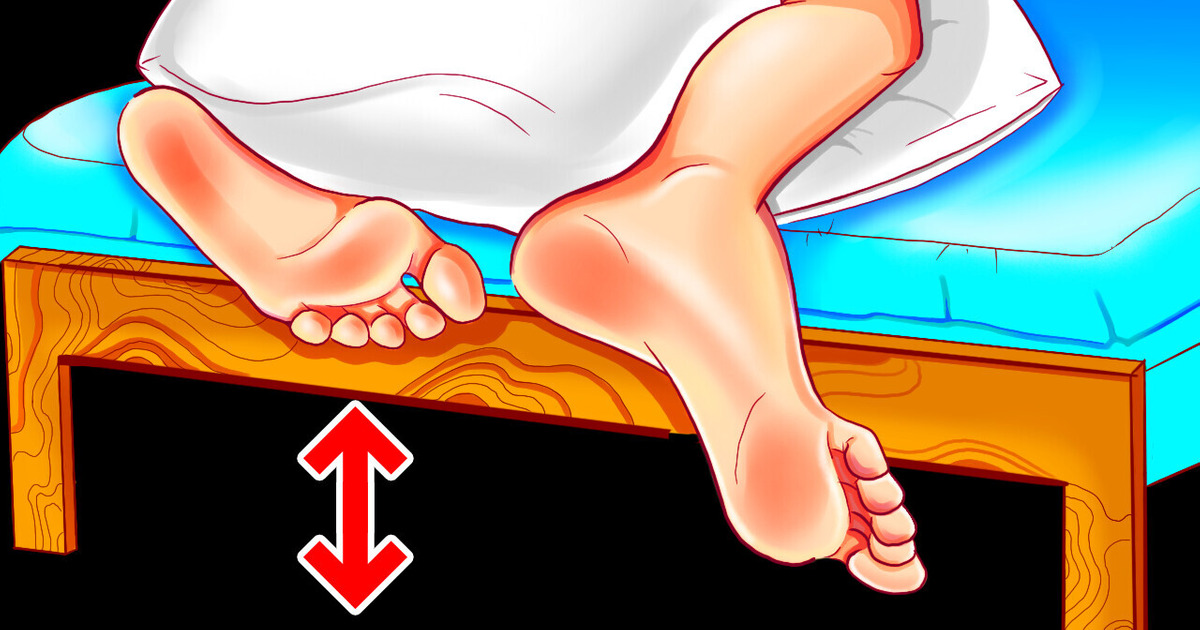
I hate to break this to you, but money isn’t actually made of paper, which also proves that money doesn’t actually grow on trees. Most banknotes are 25% linen and 75% cotton, which is why they have such a distinct look and feel. Back in the 19th century, money was made of parchment paper. That’s why people could very easily counterfeit it, unlike now.

The Eiffel Tower is almost 6 inches taller during the summer. When you heat up some substance, its particles start to move more actively and take up a bigger volume. That’s something they call thermal expansion. When the temperature lowers, the substance contracts again.
Such an effect is more prominent in gases, but you can also track it in liquids and solids — including iron. Because of this, people build large structures, like bridges, using expansion joints. They allow a structure some leeway to expand and contract, and such changes don’t cause any damage. Wow. I have some pants like that.
Honey can last for thousands of years without going bad. Bees land on flowers to collect sugary nectar. Then they transport it back to their hive and transfer it to other worker bees. These bees reduce the water content of the nectar by repeatedly drinking and regurgitating the liquid. Hmm. Bee Barf.
Special enzymes in their stomachs break down the glucose in the nectar, and it becomes more acidic. Bees deposit this nectar in the honeycomb and start fanning it with their wings so that the water evaporates more quickly. The honey is now highly acidic and low in water content, which keeps it safe from spoiling. The bacteria that cause the rest of the food to go off can’t survive in such conditions.
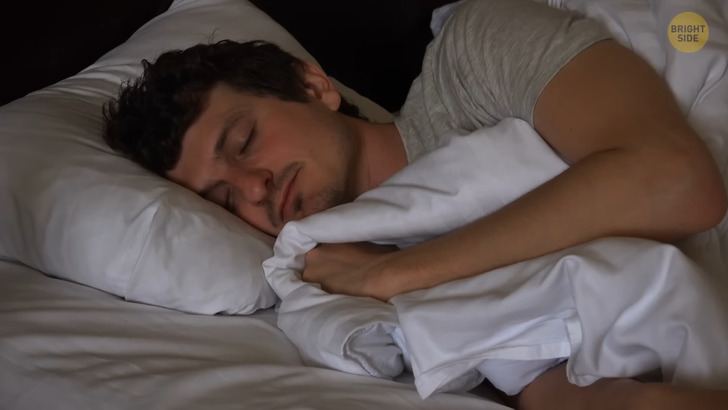
A long time ago, people didn’t elevate their mattresses off the floor. This practice started in Ancient Egypt and continued in many other cultures. People realized it was cold on the floor, and they could warm their beds easier if they were off the ground. Houses used to be more draughty. Cold air came in from under the doors.
There was no central heating, so people had to find other ways to stay warm. Warm air tends to rise. And if you’re positioned higher, you won’t be as cold as on the floor. Also, this way, people could keep their beds clean more easily. In simple homes, floors used to be way dirtier than today, and all that dirt usually migrated into beds.
Continuing now to talk dirty, do you think people are naturally clean and tidy? After all, our ancestors, who lived thousands of years ago, already used latrines and were tidying their hair with combs. And they kept their homes and themselves clean. Our natural need for hygiene and cleanliness is driven by our sense of disgust.
That’s the very mechanism that helps our bodies stay safe and protects them from different infections. That’s why we’re more sensitive to certain smells and things. But we still have some pretty sloppy habits. For example, eating snacks over a keyboard. Eww! I certainly never do that.
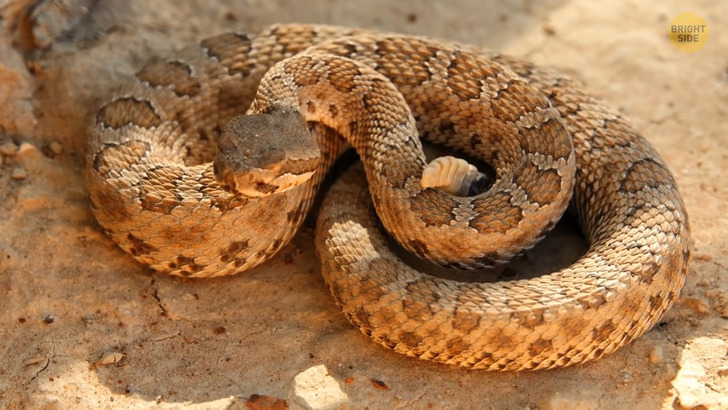
But there are animals that are even neater than us, humans. For example, rattlesnakes like to keep their surroundings tidy. Some of them even use their muscular necks and triangular heads to sweep aside messy grass when they hunt.
Many animals like to clear their path when going after their future meal — reptiles too. Less vegetation increases their chances of catching food. Songbirds also prefer to keep it neat and get rid of uneaten food, eggshells, or other trash in their nests. This way, they also make their homes less visible to their enemies.
Meanwhile, out in space, shadows are darker on the Moon than on our planet. That’s because the atmosphere on Earth scatters more sunlight. But if you could visit the Moon, you’d observe shadows so dark you wouldn’t be able to see where you were going.
Also, you’d notice fresh footprints on the lunar surface. People haven’t set foot there in a few decades, but the footprints look as if they were left just yesterday. Since there’s no water or wind on the Moon, nothing can erase these footprints. So they can stay there in their original form for millions of years. So be careful where you step, huh?
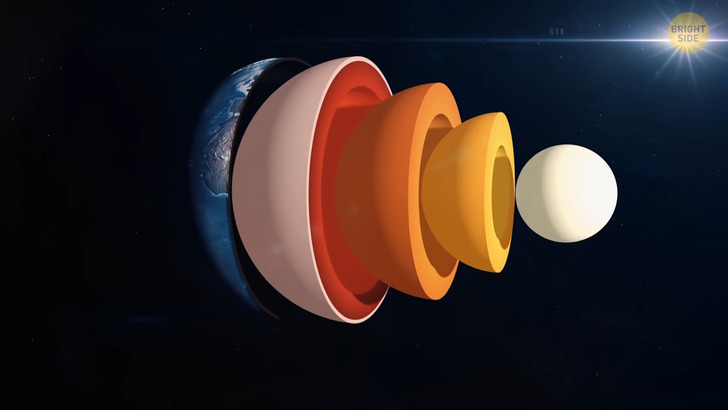
Earth’s core contains enough gold to coat the entire planet. And if you decided to do this, the level of this precious metal would be knee-high. For thousands of years, people have been mining gold and platinum, together with a bunch of other precious minerals, from underneath our planet’s surface. That’s why we may have depleted some of the minerals in certain areas.
But Earth still has a huge number of such deposits, especially if you get closer to its core. That’s because of countless meteorites that collided with our planet during the period of its formation. Those meteorites contained different minerals, including gold.
Back then, Earth was still in its molten state, which is why most of the gold — a heavy element — sank deep to its core. And the silicate mantle positioned over the core trapped really huge amounts of gold and some other minerals. Unfortunately, most of them are kinda out-of-reach now — since we talk about 1,800 miles below the surface and temperatures of thousands of degrees. Too hot, in other words.
Sure, if you were about to go to space, one of the first things you’d think of would be your space suit. But do you know that it’s possible to survive in space even if you aren’t wearing any protection? Well, don’t get your hopes up yet — you’d last for no more than 15 seconds. That’s how long it’d take you to lose consciousness because oxygen will stop coming to your brain.
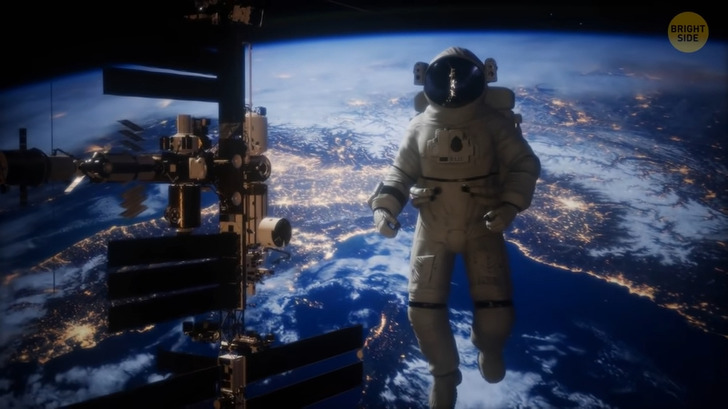
In 1965, one technician accidentally depressurized his suit inside a vacuum chamber. He lost consciousness after 12 to 15 seconds. 27 seconds later, his suit, luckily, got repressurized. The man later said that he remembered the moisture on his tongue starting to boil. He also lost his sense of taste, and it didn’t come back until four days after the accident.
You can’t hold your breath in space either, so that won’t save you. Your lungs will rupture at one point because the air inside will expand. The oxygen in other parts of your body will start to expand too, which means you will balloon up to twice your regular size. Almost like Dudley Dursley’s Aunt Marge from Harry Potter. Well not quite.
You won’t explode only thanks to your elastic skin — it will keep holding you together. And the liquids in your body will start vaporizing pretty quickly too. Doesn’t that sound pleasant? No!
The ocean has its iconic blue color thanks to sunlight. When the sun shines, the water absorbs longer orange and red wavelengths of light and reflects shorter, blue light waves. This is only possible when there’s a huge amount of water. So, the more water you have in one place, the bluer it becomes. That’s why the water you pour in your glass has nothing in common with this beautiful ocean-blue color.
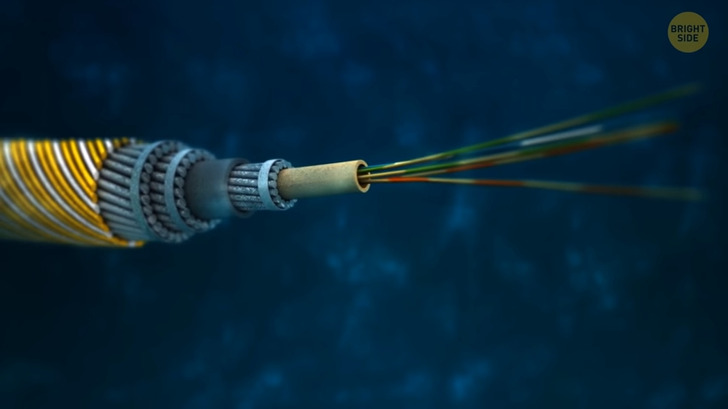
The ocean performs many important functions. For one thing, it produces 50 to 80 percent of all the oxygen on our planet, which means it keeps us alive. But it also helps the Internet to function!
So, when you’re laughing at a funny dog video or binge-watching your favorite series — yup, thank the ocean for that. The majority of the cables that power the Internet — and, therefore, allow people from all over the world to use it — run underwater. Those are “submarine communications cables” — miles and miles of wiring crisscrossing the ocean floor.
There are special boats for putting all that in place — they’re designed specifically for that purpose. To make sure nothing damages the cables — and your Internet — people need to put them on relatively flat stretches of the ocean floor. The cables also need to be away from old shipwrecks or large ocean ecosystems. Some of these cables have a special coating that protects them from damage. This way, no hungry sharks or curious fish have a chance to munch on the wiring.
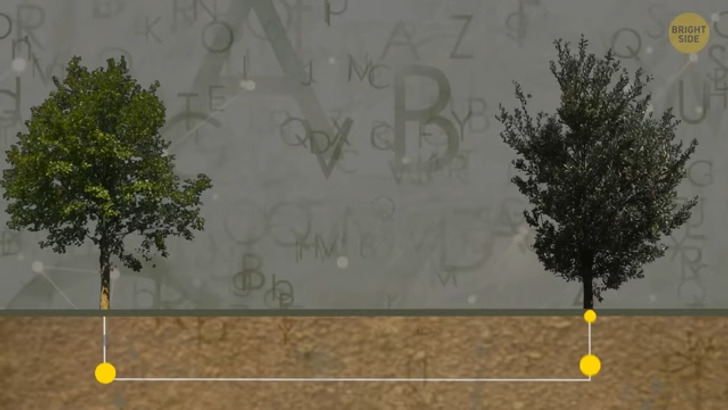
Trees talk. Well, not exactly like people do, but they have their own way of communication. Their roots are connected through an underground network of fungi. That network got the nickname “the wood wide web.” Ha.
Thanks to this network, trees can share resources with one another. That’s how they “talk.” They use these fungi to transmit nutrients and water from one tree to another. For example, there’s a mother tree or another tree that’s stronger and older than others in the forest. Then it shares some of its nutrients and sugars with small trees growing nearby. Thanks, Mom.
Look at all these insects flying around on a nice sunny day. Do you think they get sunburned? Well, those that spend most of their time in the open don’t. They have dark exoskeletons that contain melanin — that’s how they block UV rays.
But insects that live underground and in the water or nocturnal creatures have paler and thinner skin. If they spend too much time outside during the day, they can indeed get sunburned or even worse. They could get eaten.

